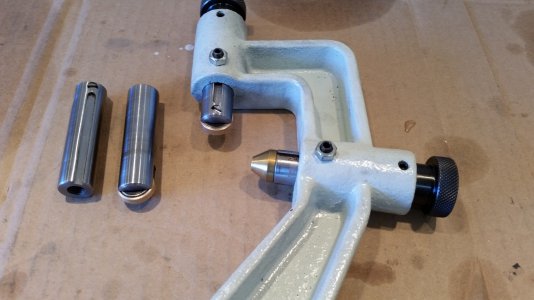- Joined
- Jan 8, 2020
- Messages
- 177
I must admit that I have almost zero experience with using a steady, but I gotta wonder about rollers vs sliding bronze or similar shoes. Yes, rollers are less likely to scratch the surface, but I can easily see them rolling a stray chip into the surface instead of pushing it aside.


